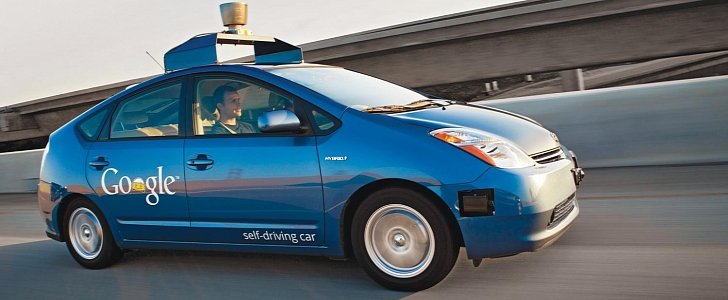A lot of carmakers, including Google, Apple or Ford, already took their full autonomous cars to the streets for testing in real conditions. Although they all say that cars will come into production by 2020, a Bosch official contradicts them.
Gerhard Steiger is Bosch’s Chassis System Control Division President and he has recently stated that we definitely won’t see driverless cars traveling along the streets in a couple of years. He predicts that by 2020 cars will only be able to change lanes without aid and the full driving capabilities will not be ready until 2025.
Although Google’s driverless cars have traveled more than 1 million kilometers on public roads since 2012, Steiger says this is not enough because more testing should be done and test drivers will have to drive several million kilometers on highways for the fully autonomous cars to end up in the production phase.
In his opinion, real-world testing for these cars has to be conducted not only inside the US territory but also in other test facilities and states where the legislators can give automakers a license to allow them to test and develop this type on technology while on public roads.
After California imposed more stringent rules for driverless cars, and all carmakers had to say something about it, some good news is coming in 2016. The 1968 Vienna Convention on Road Traffic is about to be changed in April and will allow for self-driving technologies to be tested on public roads as long as there is a human behind the wheel, ready to take control if necessary.
Another great news is that the vehicle registration laws will be modified as well, and The United Nations Economic Commission for Europe is working on this already by saying that automatic intervention will only be allowed for cars that travel at less than 10 kilometers per hour, Gazette Review reports.
Gerhard Steiger’s predictions and opinions come not long after studies have showed some flaws in driverless cars’ technologies. According to these studies, fully autonomous cars have achieved a crash-rate double than that of vehicles with human drivers. For example, most have problems when merging onto a portion of a congested road and have to swing across three lanes in just 150 yards.
Although Google’s driverless cars have traveled more than 1 million kilometers on public roads since 2012, Steiger says this is not enough because more testing should be done and test drivers will have to drive several million kilometers on highways for the fully autonomous cars to end up in the production phase.
In his opinion, real-world testing for these cars has to be conducted not only inside the US territory but also in other test facilities and states where the legislators can give automakers a license to allow them to test and develop this type on technology while on public roads.
After California imposed more stringent rules for driverless cars, and all carmakers had to say something about it, some good news is coming in 2016. The 1968 Vienna Convention on Road Traffic is about to be changed in April and will allow for self-driving technologies to be tested on public roads as long as there is a human behind the wheel, ready to take control if necessary.
Another great news is that the vehicle registration laws will be modified as well, and The United Nations Economic Commission for Europe is working on this already by saying that automatic intervention will only be allowed for cars that travel at less than 10 kilometers per hour, Gazette Review reports.
Gerhard Steiger’s predictions and opinions come not long after studies have showed some flaws in driverless cars’ technologies. According to these studies, fully autonomous cars have achieved a crash-rate double than that of vehicles with human drivers. For example, most have problems when merging onto a portion of a congested road and have to swing across three lanes in just 150 yards.
